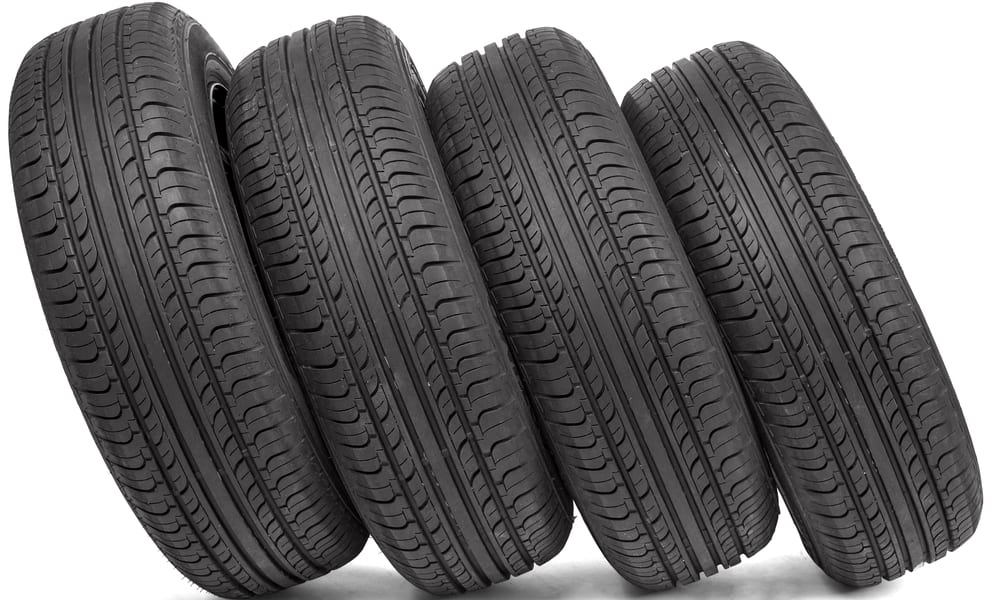Inspecting Brakes and Suspension Before Long Drives
Before setting out on a long drive, a focused inspection of brakes and suspension can reduce the risk of breakdowns and improve on-road safety. A brief pre-trip check, combined with attention to tires, battery/charging and basic packing for roadside needs, helps preserve vehicle efficiency and passenger confidence over extended distances.

Why routine maintenance matters for brakes and suspension
Routine maintenance keeps braking response predictable and suspension components functioning as designed. Worn pads, glazed rotors, leaking calipers or damaged suspension bushings can increase stopping distances, cause uneven tire wear and compromise handling. Regular inspections help identify issues while they are small and less costly to repair. For drivers who commute frequently or plan long trips, integrating brake and suspension checks into scheduled maintenance supports safety, restores intended ride comfort and helps avoid unexpected roadside repairs.
How to inspect brakes before a long drive
Start with a visual check: look through the wheel spokes for uneven pad wear, excessive rotor scoring or visible fluid leaks at the caliper. Listen for grinding, squealing or new vibrations during short test stops at low speed; these signs often indicate worn pads or rotor issues. Check brake fluid level and color—very dark fluid can suggest moisture contamination and may warrant a fluid service. If the pedal feels soft or spongy, have a qualified technician evaluate the hydraulic system. Proper braking inspections reduce the chance of failures on long stretches of highway.
What to check for suspension and signs of wear
Inspect suspension components for torn boots, leaking shocks or struts, and loose or damaged bushings. Push down on each corner of the vehicle; it should rebound smoothly and settle quickly—excessive bouncing indicates worn dampers. Look for uneven ride height or a pulled-to-one-side feel while driving, which can suggest spring or alignment problems. Pay attention to new clunks over bumps or a drifting steering feel; these symptoms often relate to worn ball joints, control arms or sway bar links. Addressing suspension wear preserves handling, stability and overall driving safety.
Tires, battery/charging and items beyond brakes
Tire condition, battery health and charging capability are integral to a safe long drive. Confirm tire pressure and tread depth, and scan for cuts or bulges that could lead to failure. A well-maintained battery and charging system avoids a no-start situation—check terminals for corrosion and consider a test if the battery is older. Proper charging and battery condition also support electronic stability systems and lighting. Include basic fuel planning so range and efficiency are consistent with the trip profile, especially when detours or heavy loads are likely.
How inspections affect efficiency and range
Brakes and suspension influence rolling resistance, alignment and aerodynamic stability—all of which affect fuel efficiency and electric vehicle range. Sticking calipers, misaligned suspension or underinflated tires increase drag and rolling losses, reducing miles per gallon or electric range. Keeping brakes free-moving, suspension components aligned and tires at recommended pressures helps maintain optimal efficiency. Regular inspections and prompt repairs are practical steps for preserving range and lowering fuel or energy consumption on longer trips.
Preparing for roadside issues during commuting and trips
Pack a compact roadside kit that includes a jack and lug wrench, tire inflator or pump, basic tools, gloves, a flashlight and spare fuses. Include a first-aid kit and reflective warning triangle for safety. For battery or charging concerns, keep jumper cables or a portable jump starter in the vehicle. Document local services in your area—towing, tire repair and mobile mechanics—so you can access help quickly if needed. Performing pre-trip inspections and packing essentials reduces stress if a minor failure occurs while commuting or traveling.
Conclusion Inspecting brakes and suspension before long drives is a practical habit that improves safety, comfort and vehicle efficiency. Combine visual checks and functional tests with attention to tires, battery/charging and sensible packing for roadside needs. Address any concerning symptoms promptly through qualified inspection or repair to maintain predictable braking, stable handling and consistent range during extended trips.





